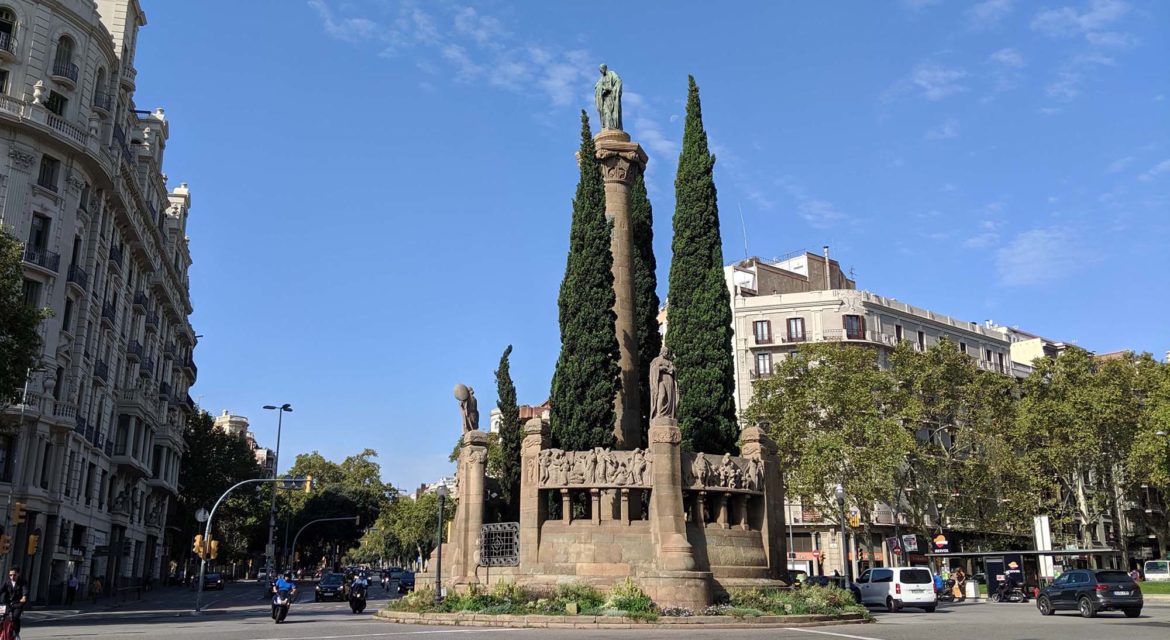 Cities across the world have been able to turn what would otherwise be empty plazas into popular attractions for both residents and tourists. Whether these squares or plazas feature notable monuments or simply provide people with a way to engage with the space, they have proven to serve as popular draws for a city and region.
Cities across the world have been able to turn what would otherwise be empty plazas into popular attractions for both residents and tourists. Whether these squares or plazas feature notable monuments or simply provide people with a way to engage with the space, they have proven to serve as popular draws for a city and region.
Barcelona, Spain features two squares that have the potential to similarly serve as notable attractions for the city. Both the Plaza de Cinco de Oros and the Plaça de Mossèn Jacint Verdaguer contain notable monuments in what are otherwise empty traffic circles. However, there is little for visitors or residents to engage with in these spaces, event though the history and monuments themselves posses everything needed to do so.
The Plaza de Cinco de Oros has a history that stretches back to 1915, when the idea of erecting a monument dedicated to the president of the First Spanish Republic, Francisco Pi y Margall, was first suggested. Political upheavals meant that the plans to erect the monument were pushed back, and design was eventually reimagined as an image of the Republic in the form of a female nude with a Phrygian cap. That sculpture was integrated into an ensemble with an obelisk and dedicated in 1936.
Numerous changes in government saw the statue removed as well as the dedications and even name of the square be altered over the years. Today, only the obelisk remains, devoid of the original statue.

 Not far from this location is the Plaça de Mossèn Jacint Verdaguer, at an intersection of one of the city’s main avenues. It’s named after the epic poet Jacint Verdaguer and is crowned by a statue of Verdaguer himself. The piece rests on top of a column and monumental construction designed by the architect Josep Maria Pericàs. The bas-reliefs around the monument, feature scenes from Verdaguer’s works, particularly L’Atlàntida.
Not far from this location is the Plaça de Mossèn Jacint Verdaguer, at an intersection of one of the city’s main avenues. It’s named after the epic poet Jacint Verdaguer and is crowned by a statue of Verdaguer himself. The piece rests on top of a column and monumental construction designed by the architect Josep Maria Pericàs. The bas-reliefs around the monument, feature scenes from Verdaguer’s works, particularly L’Atlàntida.
While the space in these traffic circles is somewhat limited, that potential is obscured even further with inconsequential displays of the history. Additionally, very few means to physically engage with the monuments themselves have further prevented audiences from having any experiences with or around them.
Like other spaces that possess the potential to be so much more, both squares in Barcelona have the history and actual monuments to attract audiences from across the city and region. Doing so would require adjustments to how visitors and the surrounding community would be able to experience each of these elements, but the benefits of doing so could transform the area and neighborhood for the better.

